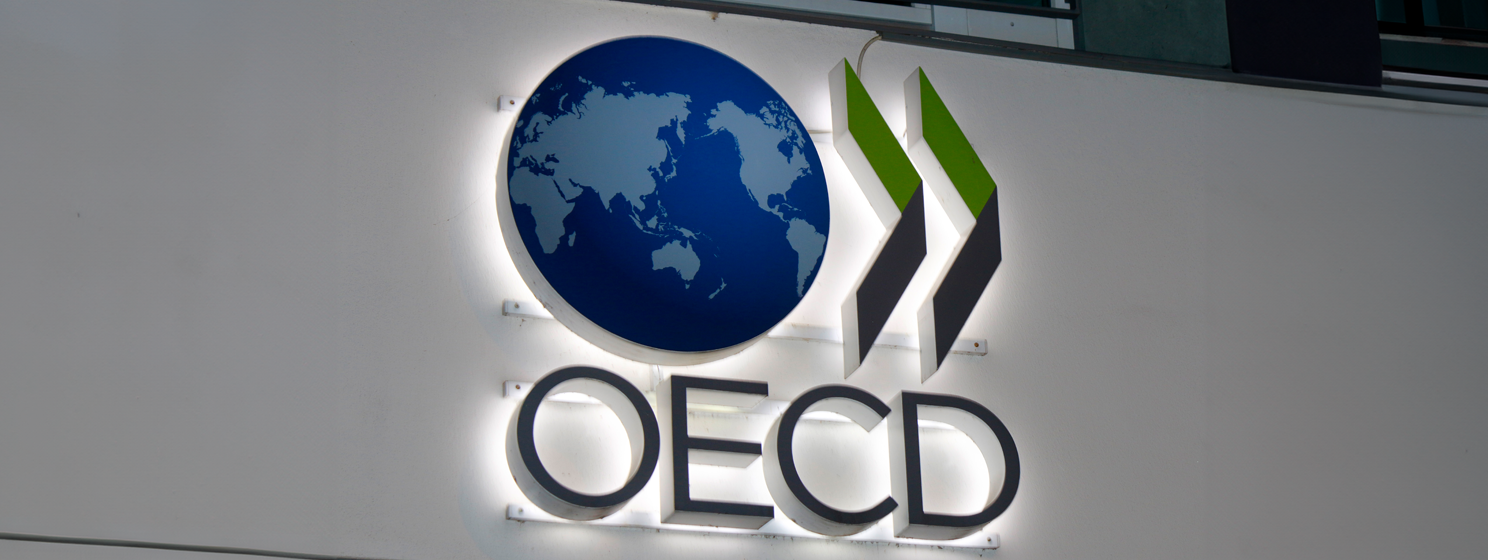|
Getting your Trinity Audio player ready...
|
South African Reserve Bank (SARB) has completed the second phase of its wholesale central bank digital currency (wCBDC) trials. Known as Project Khokha 2, it involved South Africa’s largest banks which tested the viability of an interbank payments settlement system based on a wCBDC.
The first phase of Project Khokha kicked off in 2018, with the SARB piloting a proof of concept for an interbank payment system that tokenizes the rand on a private ledger. Project Khokha 2 (PK2) followed up on this, this time focusing on a wholesale CBDC.
“PK2 built on the SARB’s experimentation with distributed ledger technology (DLT), trialing DLT for interbank payments settlement. It also explored tokenization,” the SARB stated, adding that it had delved into the design principles adopted for the project and the prototypes built to support it.
PK2 launched in February this year and brought together leading South African banks, including FirstRand, Absa, Standard Bank, JSE Limited, and Nedbank, with the SARB and the Inter-Governmental Fintech Working Group (IFWG) being in charge of the project.
The trial involved the development of two concurrent systems—one which was based on the wCBDC and another on a wholesale settlement token (wToken), a commercial bank-issued type of private money.
It also involved two distributed ledger technology (DLT) networks for the debenture token market. wCBDC Zone enabled the digital currency issuance on a SARB-controlled platform, while the other, Khokha Hub, enabled the issuance and trading of debenture tokens. A bidirectional bridge connected the two platforms, allowing the participants to port the CBDC between the two.
In its lengthy report on the project, the SARB noted that such porting of the CBDC could pose “technical risks related to the security and reliability of the bridge.” It advocates for any central bank engaging in such a project to put adequate technical controls in place. Porting could also extend to integrating central bank assets on non-native networks, which raises new concerns on itself.
The pilot was critical to SARB’s development of a CBDC, highlighting “several legal, regulatory and policy implications that need to be carefully considered in the application of DLT to financial markets. PK2 also underscores how interoperability can be achieved between different DLT networks in the case of a multiple-DLT network design in the future.”
On concerns, the bank noted that commercial banking systems could be put at risk by the digital currency, including the existing RTGS system. But the bank believes that the CBDC and its DLT system could co-exist with such systems, with the pilot showing that it’s possible to port the wCBDC between its native network and a non-native network.
In his remarks on the project, SARB Governor Lesetja Kganyago said that a wCBDC can’t be experimented upon in isolation from the wider financial industry.
“We recognise that digital currency innovation cannot be explored in isolation. The SARB continues to draw on the insights emerging from various initiatives, including (but not limited to) our ongoing study into the feasibility, desirability and appropriateness of a retail central bank digital currency (CBDC), to enrich our understanding of digital currency implications,” he commented.
The Governor added that the bank had gained great insight through practical exploration, leading to greater regulatory clarity for the industry. In the long run, the initiative will be in the broader interest of ensuring a level playing field for all market participants.
As CoinGeek reported this month, South Africa ranks in the top ten countries globally pursuing a wholesale CBDC, ranking only behind Thailand, Hong Kong, Singapore, Canada, and France. However, on the retail front, it has lagged behind the regional leader and economic rival Nigeria, which launched its eNaira last year.
To learn more about central bank digital currencies and some of the design decisions that need to be considered when creating and launching it, read nChain’s CBDC playbook.
Watch: CoinGeek Zurich panel, Blockchain & the Future of Africa

 12-15-2025
12-15-2025 





